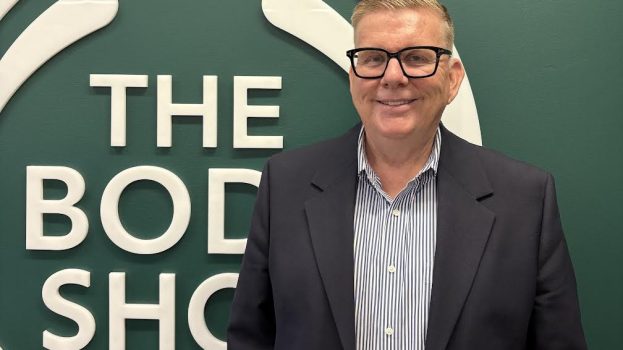The expectations that consumers, employees and other stakeholders have of Canadian business leaders are changing. As a result, their priorities are shifting from communicating a “purposeful” message to establishing targets and taking concrete steps to address a range of issues, from climate change to economic inequality.
The pandemic, for one, has amplified the need for “communicating with humility and transparency,” said Tonya Lagrasta, senior director of CSR at Loblaw, during an online event put on by Canadian Business for Social Responsibility last week. “You saw organizations doing that in different ways, opening up a different line of communication with their stakeholders.”
Lagrasta noted that Loblaw released its first report with the Sustainability Accounting Standards Board (an independent, private sector, standards-setting organization) for its grocery retail business. “These are really big milestones for organizations when it comes to talking about non-financials in a way that they’ve never been expected to,” she said.
“People are giving companies less credit for showing that they understand an issue,” added Scotiabank’s Sandra Odendahl, VP of sustainability and social impact, during the event. “That’s almost less important in their perception of what makes a company good. It’s less about the talk and more about the walk.”
Earlier this month, Scotiabank launched ScotiaRISE, a 10-year, $500 million commitment to “foster economic resilience among disadvantaged groups.” The program will work to ensure completion of high school and post secondary education, to help newcomers transition into more stable employment and to remove barriers to career advancement for underrepresented groups. Over time, the bank expects to direct more than 50% of its community investment to programs supporting economic resilience.
[iframe_vimeo video = “504782405”]
“That $500 million sounds like a lot of money,” said Odendahl. “But this is going to hopefully seed a lot of other contributions of time, resources and partnerships that will hopefully make a dent in these things.”
Odendahl also spoke at length about another key focus area for the bank: diversity and inclusion.
Over the last year, she said the bank realized its many grassroots efforts around D&I – led by individuals and working groups across the institution – lacked a shared direction. So it created inclusion councils across every function of the business that now report into the bank’s company-wide council, chaired by the CEO. Moreover, a new BIPOC Inclusion Task Force delivered a report to Scotiabank’s enterprise-wide council in October, with D&I recommendations and targets that have since been rolled out across the bank.
“Let 1,000 flowers bloom,” she said. “But at least we all know what the bouquet is going to look like at the end.”
The brand leaders were responding to the results of a survey, conducted by GlobeScan in June in collaboration with SustainAbility, that found a shift in what drives positive perceptions of organizations’ social and sustainability efforts.
Increasingly, perceptions of leadership are shaped by a company’s core business model and strategy, and the degree to which they reflect societal concerns, and less about “being purposeful or expressing your values,” said GlobeScan CEO Chris Coulter during the presentation. He added: “It feels like we might have hit peak purpose… from a stakeholder audience [perspective].”
Communicating values and purpose remains important, with 13% of the experts surveyed identifying it as the factor driving leadership recognition. However, that percentage has dipped from 20% since GlobeScan’s 2019 survey and is now considered a less important driver than “core business model / strategy” and “ambitious targets / SDG commitment,” which were each mentioned as the most important factors by 19% of respondents.
Coulter also presented the Canadian findings of a second GlobeScan public opinion poll conducted in June. Among the 27,000 global respondents that took part in the survey, 1,000 were Canadian. Comparing the latest results with the findings of its 2019 survey, the firm found Canadian consumer attitudes have accelerated in a number of areas related to sustainability.
For example, there was an increase in the proportion of Canadians who said they need to consume less to preserve the environment (from 68% in 2019 to 72% this year), want to reduce the impact they personally have on the environment (61% to 69%) and are willing to pay more for products or brands that work to improve society or the environment (40% to 43%). Most notable, however, was the increase among those who identified with the statement, “What is good for me is often not good for the environment,” which jumped from 25% to 39% since 2019.
“There’s an inherent trade-off that we’re increasingly seeing. Things that I want, things that I desire – it comes with a negative externality around the environment,” Coulter said. While this poses a business challenge, he added that it also presents brands with the opportunity to “try and solve that problem for [people], to showcase we can… desire things in our lives materially or experientially – and do it in a way that facilitates progress on the sustainability agenda.”
The survey also found that the public is giving “increasing marks” for how well different sectors are “fulfilling their responsibilities to society,” with upticks recorded in positive views across food, banks/finance, pharmaceuticals, consumer goods and other sectors.

























